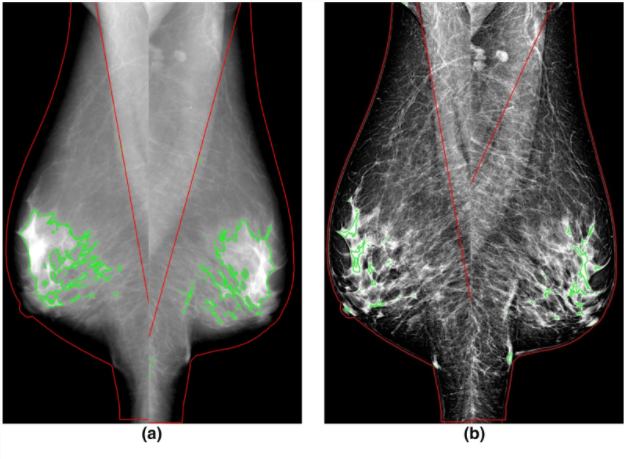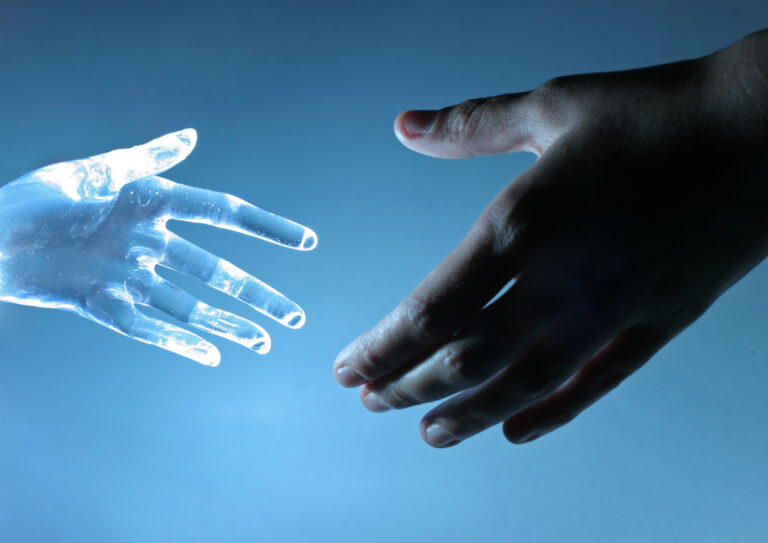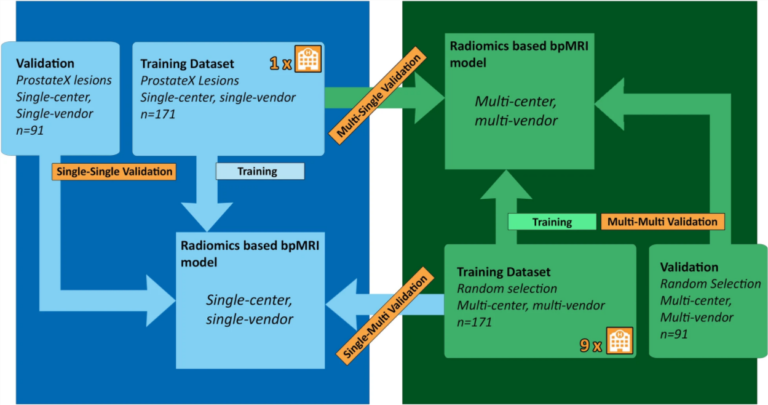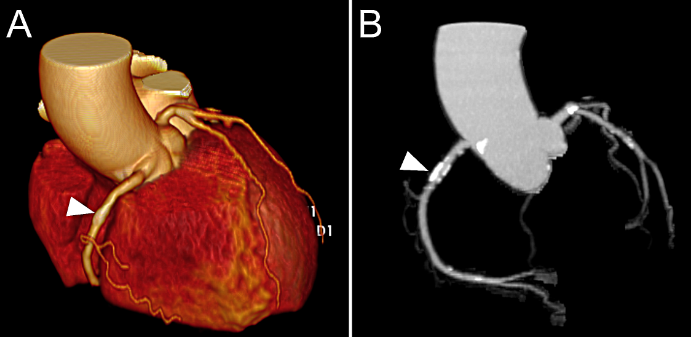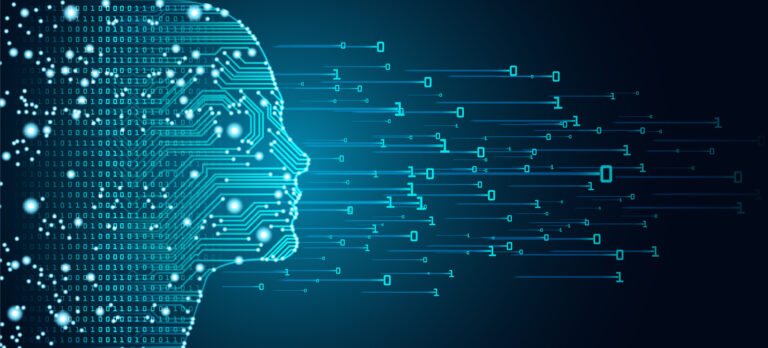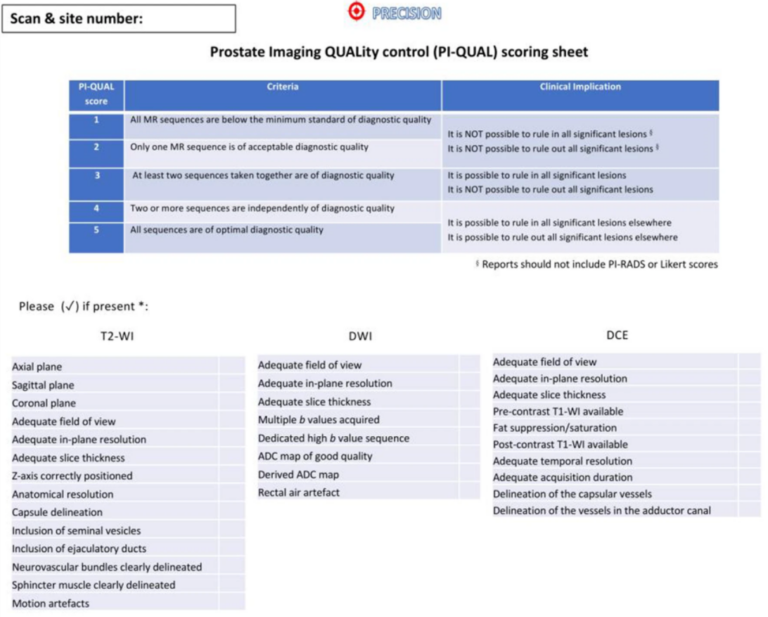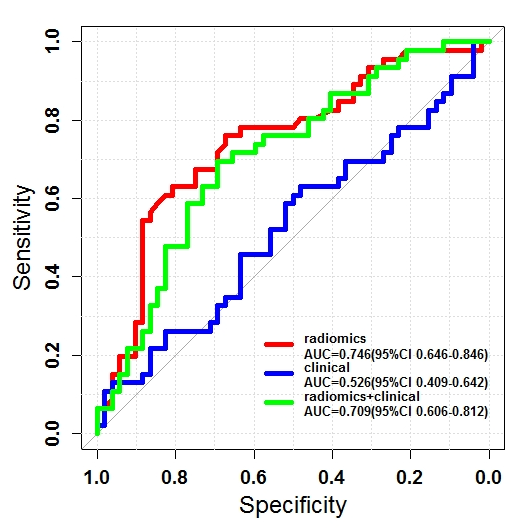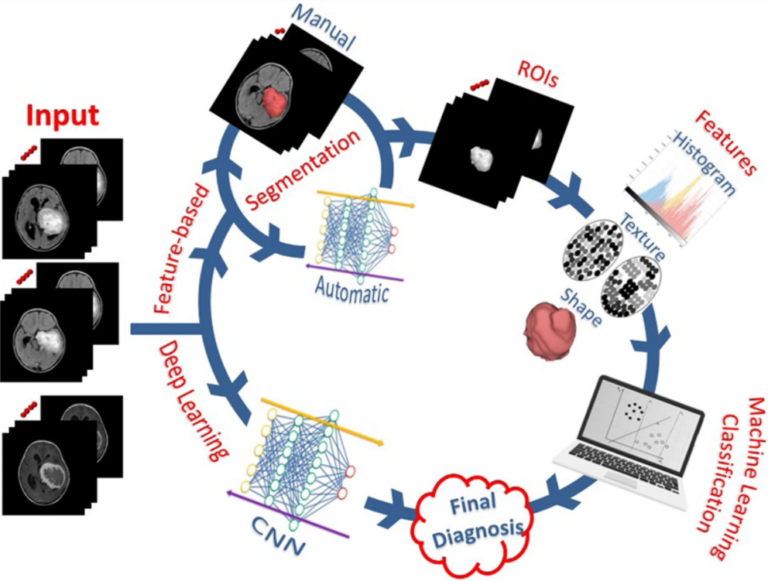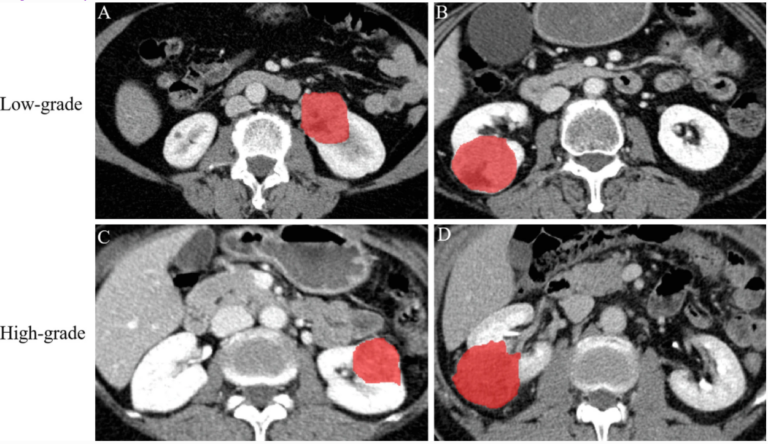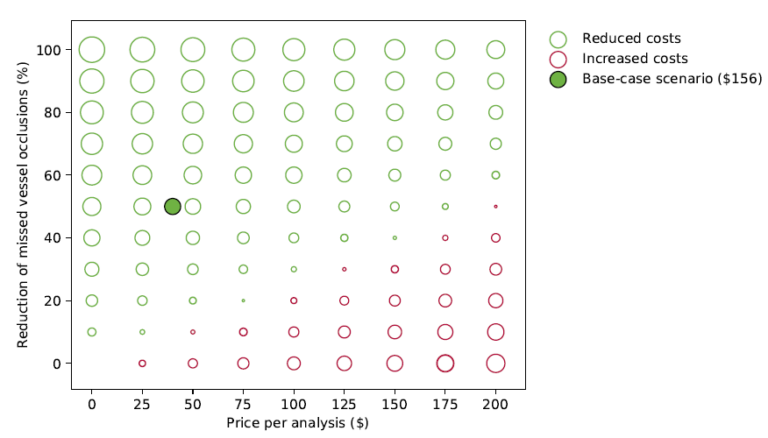
Cost-effectiveness of artificial intelligence: an early health technology assessment
Technological advancements in healthcare have raised our standard of care, but at the same time raised the costs to deliver that care. This trend forces us to be critical about the added value (health benefit and/or reduced costs) of any new technology we bring in, also for AI software. Health economic evaluations can help in assessing the (potential) value of










